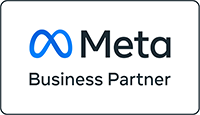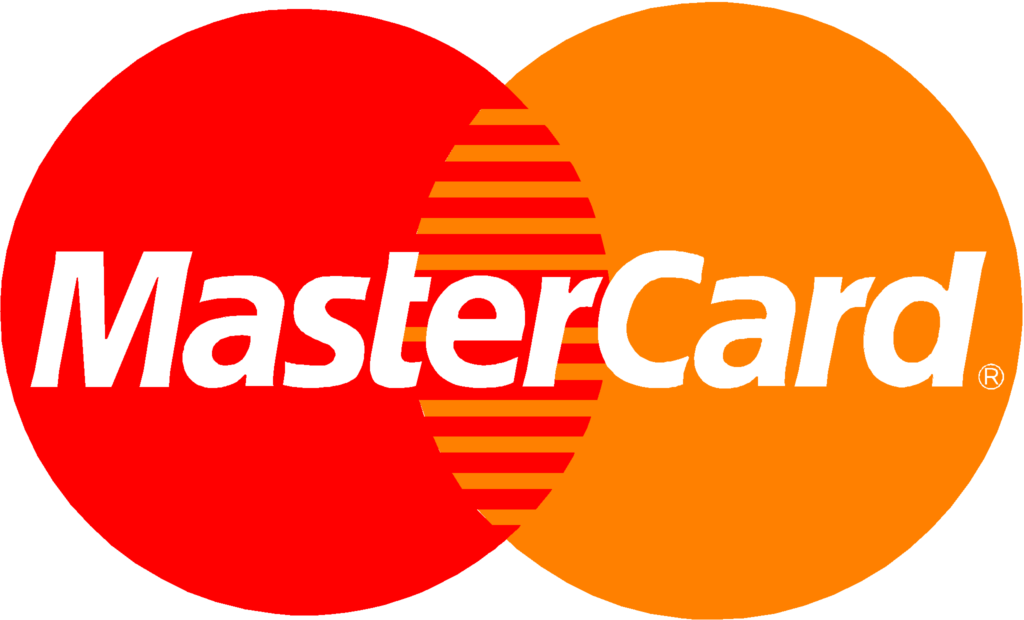It is advisable to take an interest in it as soon as a sales and marketing system is robust enough to generate a steady stream of conversions.
As most businesses face limited potential demand, they need to make the best use of existing web traffic. To estimate the size of your potential market, you can use the Google export tool, which tells you about the volume of online searches. Once the size of the market has been assessed, the next step is to identify optimization strategies that will maximize the performance of existing traffic.
Generating more traffic is not necessarily the most productive strategy, nor the easiest to implement. If a website isn’t optimized for conversions, increasing traffic is like pouring water into a leaky seal. The goal of conversion rate optimization is to get better performance from the website.
As most businesses face limited potential demand, they need to make the best use of existing web traffic. To estimate the size of your potential market, you can use the Google export tool, which tells you about the volume of online searches. Once the size of the market has been assessed, the next step is to identify optimization strategies that will maximize the performance of existing traffic.
Generating more traffic is not necessarily the most productive strategy, nor the easiest to implement. If a website isn’t optimized for conversions, increasing traffic is like pouring water into a leaky seal. The goal of conversion rate optimization is to get better performance from the website.
8 conversion rate optimization strategies
Here are some tips to follow and put in place to improve the conversion rate on your website:
1. Insert text CTAs in blog posts
Incorporating call-to-action into blog posts is recognized as good practice, but sometimes they go unnoticed. This phenomenon of blindness to advertisements leads Internet users to ignore the banners displayed on a website is very real. The tendency of the latter to skim over the content also explains why blog articles are not always read to the end.
To remedy the phenomena of inattention, new approaches, such as the insertion of text CTAs, are welcome. HubSpot has tested text CTAs (line of text redirecting to a landing page) to compare their effectiveness to that of traditional CTAs at the bottom of the page.
To remedy the phenomena of inattention, new approaches, such as the insertion of text CTAs, are welcome. HubSpot has tested text CTAs (line of text redirecting to a landing page) to compare their effectiveness to that of traditional CTAs at the bottom of the page.
2. Integrate flow of prospects into the blog
Another strategy is to integrate a flow of leads into the blog. These pop-ups are designed to drive conversions by drawing the visitor’s attention to an offer with high added value.
3. Test landing pages
Landing pages are a mainstay of web marketing. They turn a visitor into a lead and allow existing leads to deepening their engagement. To optimize these high-stake pages, it is recommended to conduct A/B tests.
As landing pages are a powerful performance driver, HubSpot makes it easy to test different variations to optimize conversions. You can quickly experiment with different turns of phrase, content offerings, images, form questions, and layouts.
As landing pages are a powerful performance driver, HubSpot makes it easy to test different variations to optimize conversions. You can quickly experiment with different turns of phrase, content offerings, images, form questions, and layouts.
4. Allow leads to immediately convert to MQL
Some visitors want to connect directly with the sales team, without needing to receive marketing offers. Empower them to take action and instantly convert to MQL with responsive design and smart CTAs.
HubSpot has found that visitors who request a product demo have a higher conversion rate than those who use a free trial version. The website and the conversion paths have therefore been optimized to encourage visitors to request a demonstration or make an appointment with a sales representative. This strategy should be tailored based on your product and sales process, so it is recommended that you conduct tests to identify conversion factors before optimizing conversion journeys based on results.
This is to make the sales process as fluid as possible. If you decide to make it easy for visitors to make an appointment with a salesperson, be sure to ask them for certain information before the call, to provide context for the sales team.
HubSpot has found that visitors who request a product demo have a higher conversion rate than those who use a free trial version. The website and the conversion paths have therefore been optimized to encourage visitors to request a demonstration or make an appointment with a sales representative. This strategy should be tailored based on your product and sales process, so it is recommended that you conduct tests to identify conversion factors before optimizing conversion journeys based on results.
This is to make the sales process as fluid as possible. If you decide to make it easy for visitors to make an appointment with a salesperson, be sure to ask them for certain information before the call, to provide context for the sales team.
5. Create workflows to increase the responsiveness of the sales team
Several automated workflows help maximize the efficiency of the sales team. For example, it is possible to send emails allowing leads to make an appointment in one click, or to notify the sales team by email as soon as a lead performs a particularly relevant action, such as viewing the page website rates.
For e-commerce sites, it is also possible to send a personalized e-mail to visitors who abandon their shopping cart, offering them to complete the transaction they had undertaken.
For e-commerce sites, it is also possible to send a personalized e-mail to visitors who abandon their shopping cart, offering them to complete the transaction they had undertaken.
6. Include instant messaging on pages with high conversion potential
HubSpot’s Messages tool allows you to interact in real-time with website visitors. To maximize conversions, add chat features to key pages, like pricing pages or product pages.
Chat can prompt visitors to action. For example, if a visitor spends more than a minute on a page, you can automatically offer to help them and answer any questions.
Chat can prompt visitors to action. For example, if a visitor spends more than a minute on a page, you can automatically offer to help them and answer any questions.
7. Optimize the best performing blog posts
If you’ve been blogging for a while, you’ve probably noticed that some posts perform better than others. With careful consideration, you will be able to identify articles with both high traffic and low conversion rates. This paradox can signal that the content offering is not aligned with the article’s message, or the CTA is not clear enough, so you can fix it and increase the conversion rate of an article that is already generating a lot of traffic.
Blog posts with a high conversion rate should also be analyzed to attract more qualified traffic to these articles, you can optimize their content for search engines, or refresh it to keep it fresh and relevant. If you use HubSpot, you can drive traffic to these articles from LinkedIn or Facebook with the Ads add-on.
Blog posts with a high conversion rate should also be analyzed to attract more qualified traffic to these articles, you can optimize their content for search engines, or refresh it to keep it fresh and relevant. If you use HubSpot, you can drive traffic to these articles from LinkedIn or Facebook with the Ads add-on.
8. Re-engage website visitors through retargeting
Regardless of the conversion indicator targeted, most visitors to a website generally do not take the intended action. Retargeting helps re-engage visitors who have left a website. A classic example is to re-engage visitors who have filled their shopping cart without placing an order.
Retargeting involves tracking leads to target them with online advertisements that appear on external sites, including Facebook. This method is particularly effective for visitors to pages with high conversion potential.
Retargeting follows the same rules as inbound marketing: make sure you create quality text, a high-potential image, and a compelling offer.
Retargeting involves tracking leads to target them with online advertisements that appear on external sites, including Facebook. This method is particularly effective for visitors to pages with high conversion potential.
Retargeting follows the same rules as inbound marketing: make sure you create quality text, a high-potential image, and a compelling offer.
How to initiate the conversion rate optimization process?
Before getting started, it is recommended to prioritize and prioritize your projects according to three criteria: potential, importance, and ease.
Ask yourself the following questions for each of the strategies described above. For each question, assign a score from 1 to 10 to the strategy being examined:
Ask yourself the following questions for each of the strategies described above. For each question, assign a score from 1 to 10 to the strategy being examined:
- What is the potential impact of this project?
- What is the added value of this impact?
- How difficult or complex is the implementation?
Keep Learning
Save this Post for Later
Received your newslatter to stay on top of the latest blog










